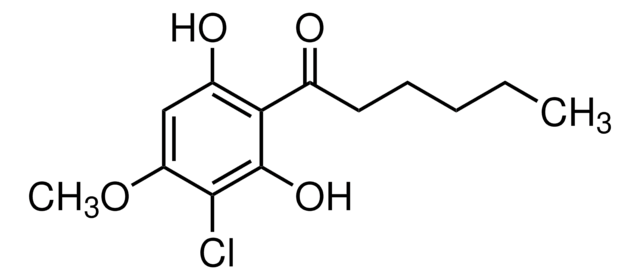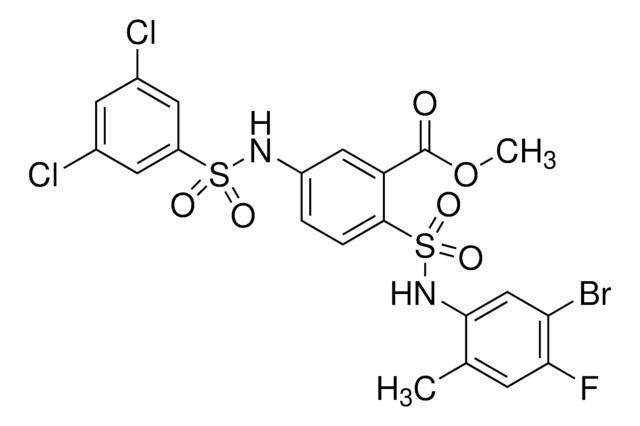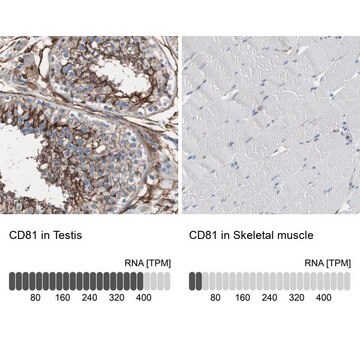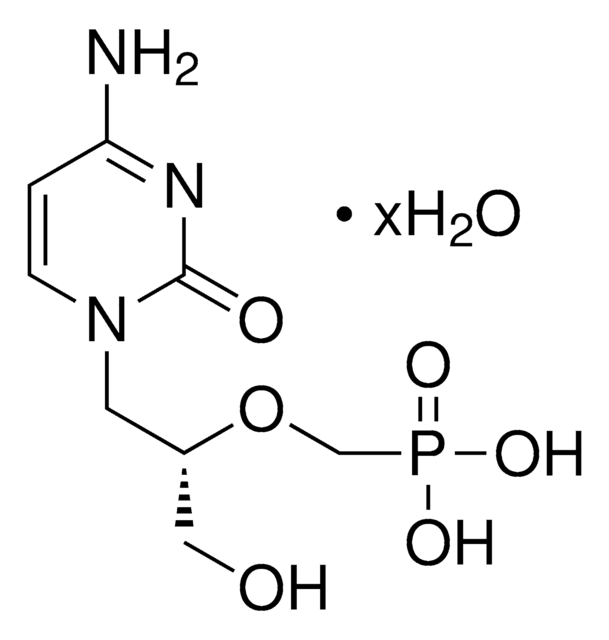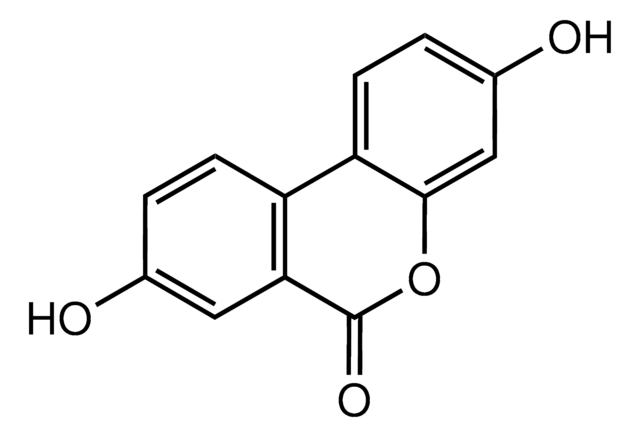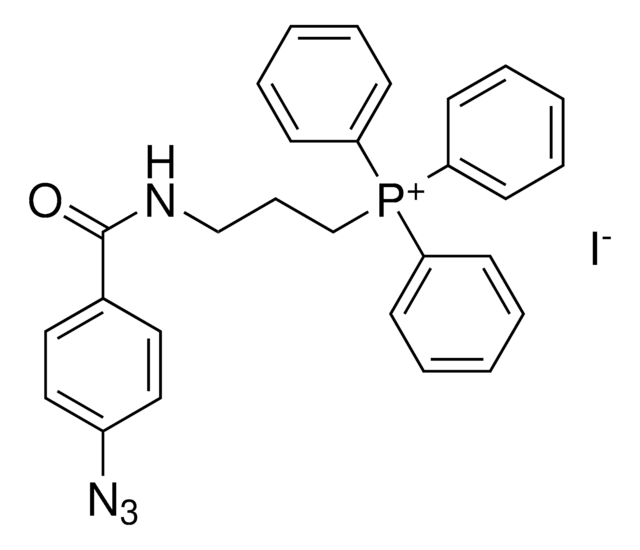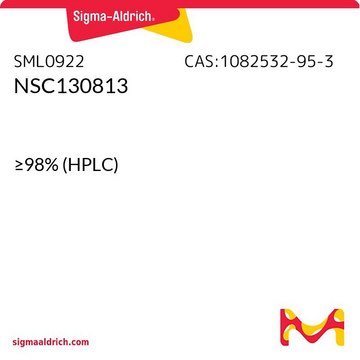SML0599
DIF-1
≥98% (HPLC)
Synonim(y):
1-(3,5-Chloro-2,6-dihydroxy-4-methoxyphenyl)-1-Hexanone
About This Item
Polecane produkty
Poziom jakości
Próba
≥98% (HPLC)
Formularz
powder
kolor
white to beige
rozpuszczalność
DMSO: 20 mg/mL, clear
temp. przechowywania
2-8°C
ciąg SMILES
Clc1c(c(c(c(c1O)C(=O)CCCCC)O)Cl)OC
InChI
1S/C13H16Cl2O4/c1-3-4-5-6-7(16)8-11(17)9(14)13(19-2)10(15)12(8)18/h17-18H,3-6H2,1-2H3
Klucz InChI
VUDQSRFCCHQIIU-UHFFFAOYSA-N
Powiązane kategorie
Działania biochem./fizjol.
Czynnik indukujący różnicowanie-1 (DIF-1) blokuje migrację i inwazję komórek oraz zmniejsza ekspresję metaloproteinazy macierzy-2. Zapobiega proliferacji komórek za pomocą mechanizmu zależnego od kinazy syntazy glikogenu-3 (GSK-3). DIF-1 jest bardziej aktywny w porównaniu do DIF-2 w promowaniu różnicowania komórek łodygi w warunkach testu zanurzeniowego.
Kod klasy składowania
11 - Combustible Solids
Klasa zagrożenia wodnego (WGK)
WGK 3
Temperatura zapłonu (°F)
Not applicable
Temperatura zapłonu (°C)
Not applicable
Wybierz jedną z najnowszych wersji:
Certyfikaty analizy (CoA)
Nie widzisz odpowiedniej wersji?
Jeśli potrzebujesz konkretnej wersji, możesz wyszukać konkretny certyfikat według numeru partii lub serii.
Masz już ten produkt?
Dokumenty związane z niedawno zakupionymi produktami zostały zamieszczone w Bibliotece dokumentów.
Nasz zespół naukowców ma doświadczenie we wszystkich obszarach badań, w tym w naukach przyrodniczych, materiałoznawstwie, syntezie chemicznej, chromatografii, analityce i wielu innych dziedzinach.
Skontaktuj się z zespołem ds. pomocy technicznej